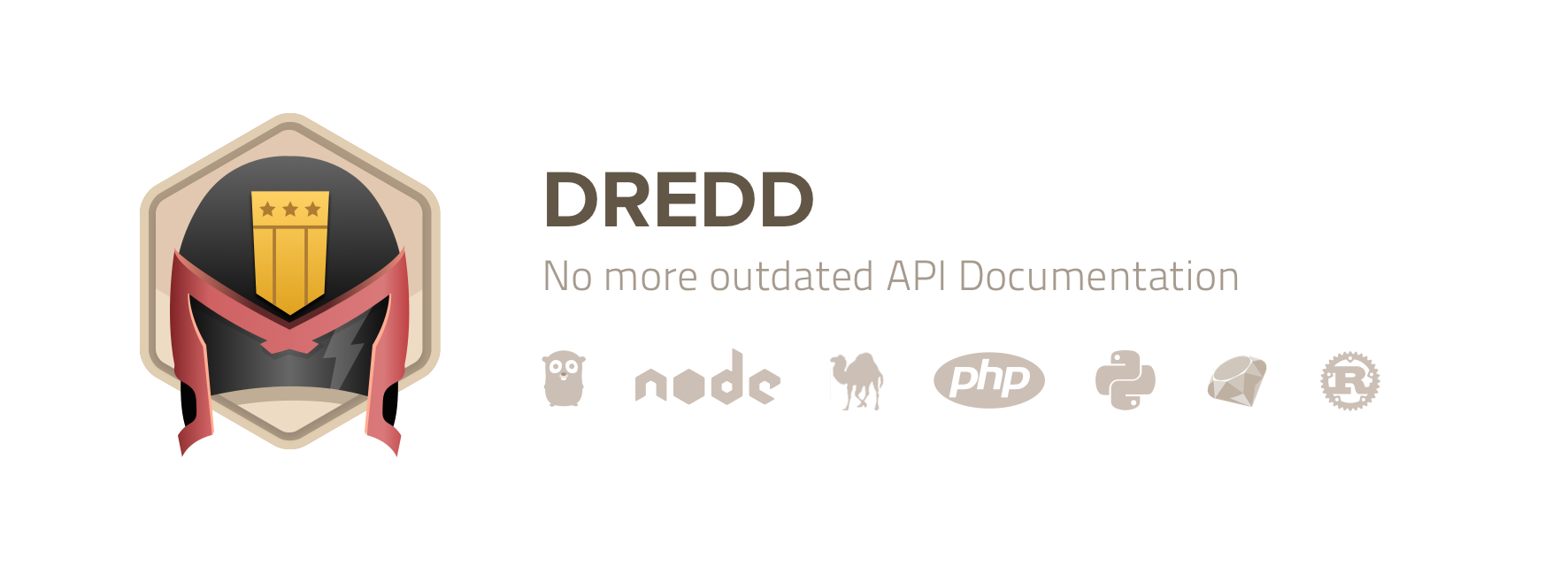Continuous Testing and Beyond
Software Quality in Web Projects
Carsten Windler

Global Head of Software Development, HolidayPirates Group
Continuous Testing and Beyond
Agenda
- Test your web project
- Further testing techniques
- Software Quality measures
- Continuous Testing
Ok, who
deployed
the
interns
code...

1. Test your web project
Ok, so let's write tests

but




UI
Integration / Component
Unit Tests
The Test Pyramid
E2E Tests
Unit Tests
The Web Test Pyramid
Functional and Integration Tests
End-to-End (E2E) Tests
-
aka Acceptance Tests
- user interaction is simulated using a (headless) browser
+ tests the whole application
+ fully supports JavaScript
+ no refactoring or code knowledge required
- slow
- fragile
- require test mode
Functional Tests
-
close to E2E tests, except that no web server and browser is needed
-
a request is created and thrown at the code (figuratively)
+ great for testing REST APIs
+ no JavaScript
+ fast (compared to E2E tests)
+ quite robust
- require test mode
Integration Tests
-
like Unit Tests, but not ran in isolation (e.g. using "real" databases)
-
dependencies are not mocked
+ slower as Unit Tests, but fast enough
+ reveal problems early
- require test mode
Setting up the fixtures
-
tests must reliable and reproducable
-
tests should be fast / as fast as possible
-
problematic if your app deals with any external data source (e.g. databases, 3rd party APIs)
-
you need to prepare test fixtures
-
setup a test environment which is only using these fixtures
-
=> put your app into test mode
Test Mode
-
for web apps, you would specify a certain test URL (testing.myapp.local) on your local or on the test environment under which the app only uses the prepared fixtures
-
initial test mode setup can be quite some effort for legacy projects (e.g. creating database seeders and migrations)
-
however it allows you to write E2E and functional and tests without modifying the code itself
Does it blend?
- Unit tests as foundation
- Integration tests for at least the most critical parts of the app
- Functional tests if your app provides an API
- E2E tests if your app has a GUI
2. Further Testing Techniques
Visual Regression Testing



Reference

Test run

Comparison
VRT
- catch style issues early
- could act as additional (kind-of-)integration tests
- setup can be relatively easy...
VRT
- ... if you already got a test mode
- gets more complex if there are lots of dynamic parts (Ads, Iframes, Date/Time)
- requires storage for the reference images (git lfs)
Mutation Testing

Mutation Testing
- modifies your code using so called Mutators
- a Mutator amongst others changes logical operators randomly (e.g. > to >=)
- each mutated version (a Mutant) is executed against the tests
- if a Mutant leads to failed tests, the mutant has been killed
- if the tests pass, the Mutant has escaped
- Mutant Score Indicator (MSI) tells you the % of mutants detected by the tests
but... why??
Tests needed for 100%
Code Coverage
Tests needed for bug-free code
Mutant hunt
Example: Infection for PHP

You might ask yourself now:
"An MSI of 78% sounds ok-ish, but what exactly can I do with this information now?"
Mutant hunt
- metrics can only give you an indication on the quality of your tests
- surely there is no quick fix for bad tests
- go through the logs and harden each test which lets a Mutant escape

- not suitable for every line of code, but probably your core business logics
Generated Tests

Generated Tests
- tests will automatically generated from project documentation
- requires standardized documentation
- Use Case #1 in web development: RESTful APIs
Generated Tests Example
- api blueprint together with PHP test framework atoum
- uses JSON Schema to validate HTTP requests and responses

Generated Tests
- no need to write tests manually
- will keep documentation up to date
- almost always requires test mode

Let's not forget
3. Software Quality measures
But... it works
¯\_(ツ)_/¯
Arguing about code quality is easier when you have objective standards

Why is my code
so bad?
Software Metrics

OMG more numbers



Your project on a T-Shirt

REFACTORING TIME!!

Source Code Analyzer
Software
Metrics
- indicate the quality of your code base
- make developers aware of software quality
- helps identifying problem areas
Source Code Analyzers
- will give you direct hints where in your code things go wrong
- Copy & Paste detectors will not allow lazyness
- prevents bad code from getting added to the codebase
Code Style Guides
- Improve readability
- use existing code standards
- sniffers help you check and reformat automatically
- supported by most IDEs
- run e.g. on pre-commit on changed files only

4. Continuous Testing
Web developers daily grind

Developers are lazy.
Don't expect them to run the tests manually every time.
They just won't.
Continuous Integration (CI)
- build the whole app from scratch
- triggered upon commits to VCS
- run tests against this build
- if all tests pass, the build package is ready to be deployed
Continuous Testing (CT)
- run ALL tests for EVERY build
- on a dedicated server
- without blocking the developers local machine
- catch problems before they go live
- failed builds will not be deployed*
(* ideally, but for hotfixes you should be able to surpass this)
Continuous Delivery (CD)
- deploy often (small increments instead big bang releases)
- deploy with confidence (fewer adrenaline boosts)
- deploy automatically if build was successfull
- easy rollbacks (you never know)
Example Setup
Local Environment
fast running tasks on pre-commit hook
- Code linter (check syntax)*
- Code style sniffer*
- Mess Detector*
- Unit Tests
(* only on changed files)
=> save CI resources (and save developer time) by running these steps locally before code can be committed
CI Server
run all the tests!
- Code linter
- Code style sniffer
- Mess Detector*
- Unit Tests
- Integration Tests
- Functional Tests
- E2E Tests
* will not break the build, but issue warnings
CI Server
more options
- Visual Regression Tests
- Generated Tests
- Performance Tests
- Mutation Tests (via MSI threshold)

Deployment successful
What else is there?
Continuous testing is not only about running automated tests
Thank you for your attention!
Contact
Carsten Windler
https://www.pexels.com/photo/adult-dark-depressed-face-262218/
https://www.pexels.com/photo/man-person-relaxation-steps-4129/
https://www.pexels.com/photo/adventure-attraction-blur-calm-618545/
https://www.pexels.com/photo/biotechnology-bright-chemical-chemistry-207585/
https://www.pexels.com/photo/woman-reading-a-book-256546/
Image credits